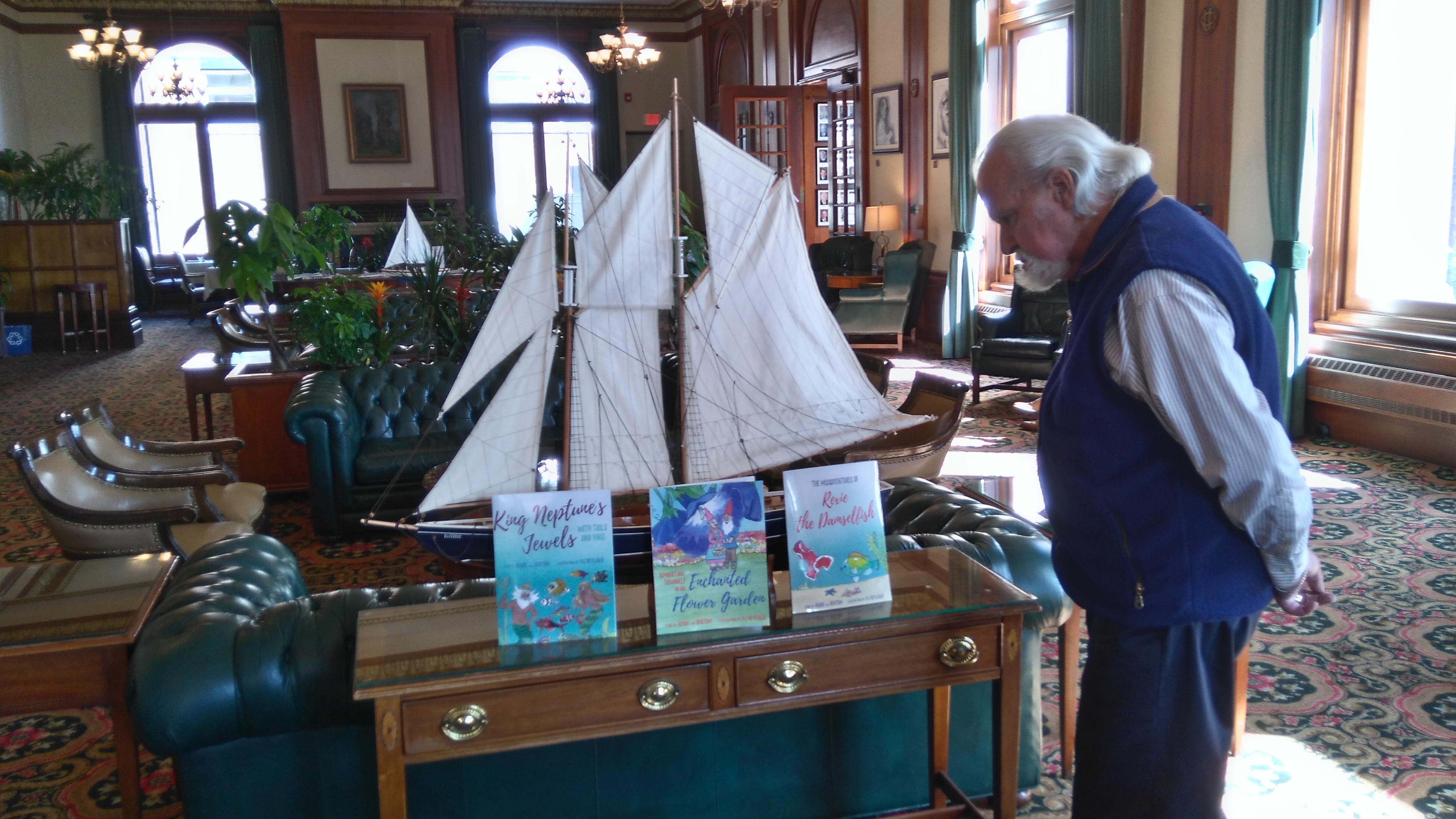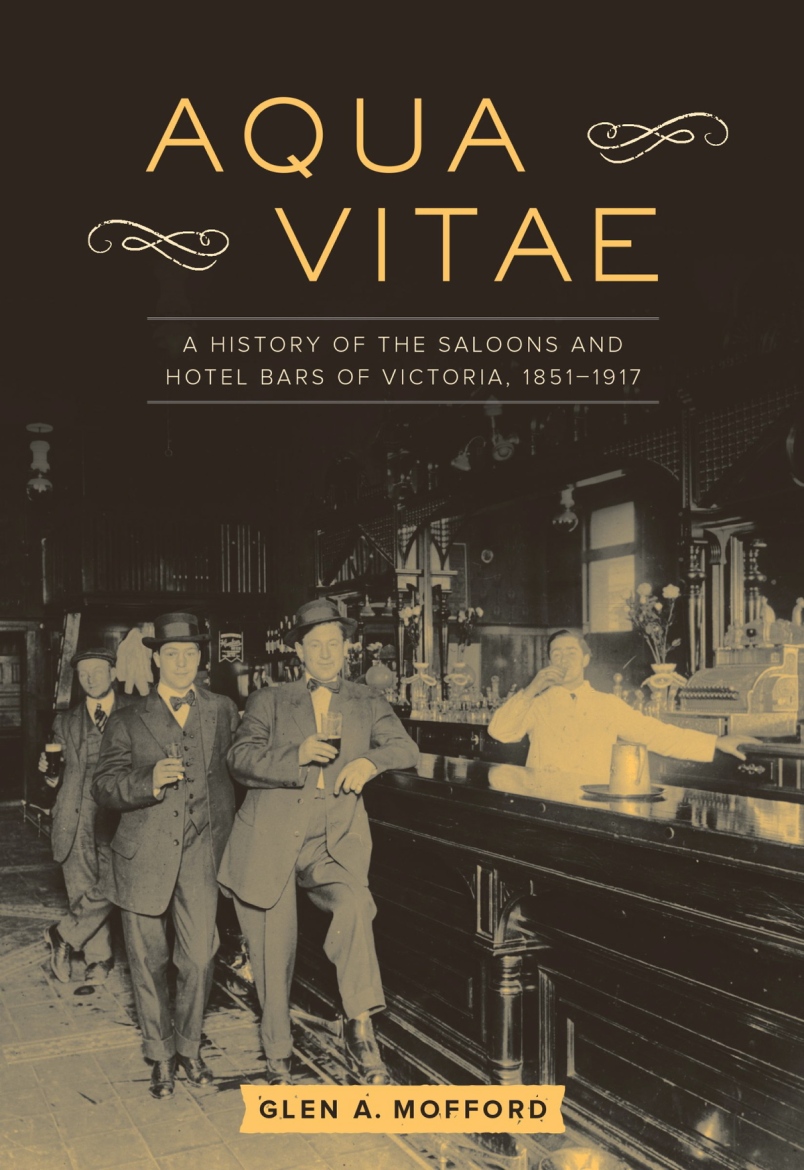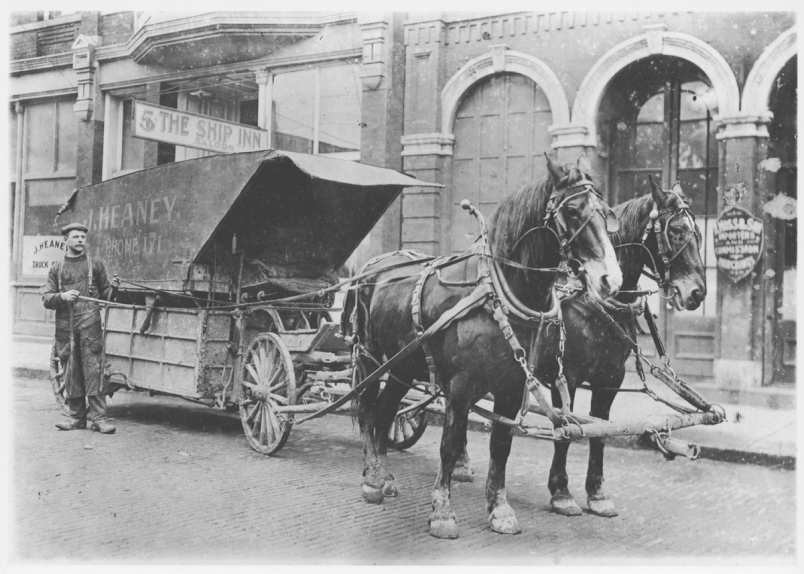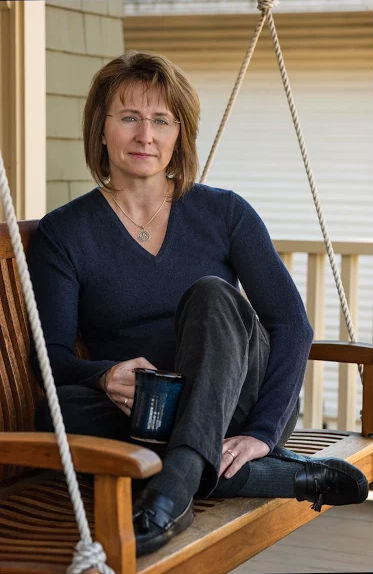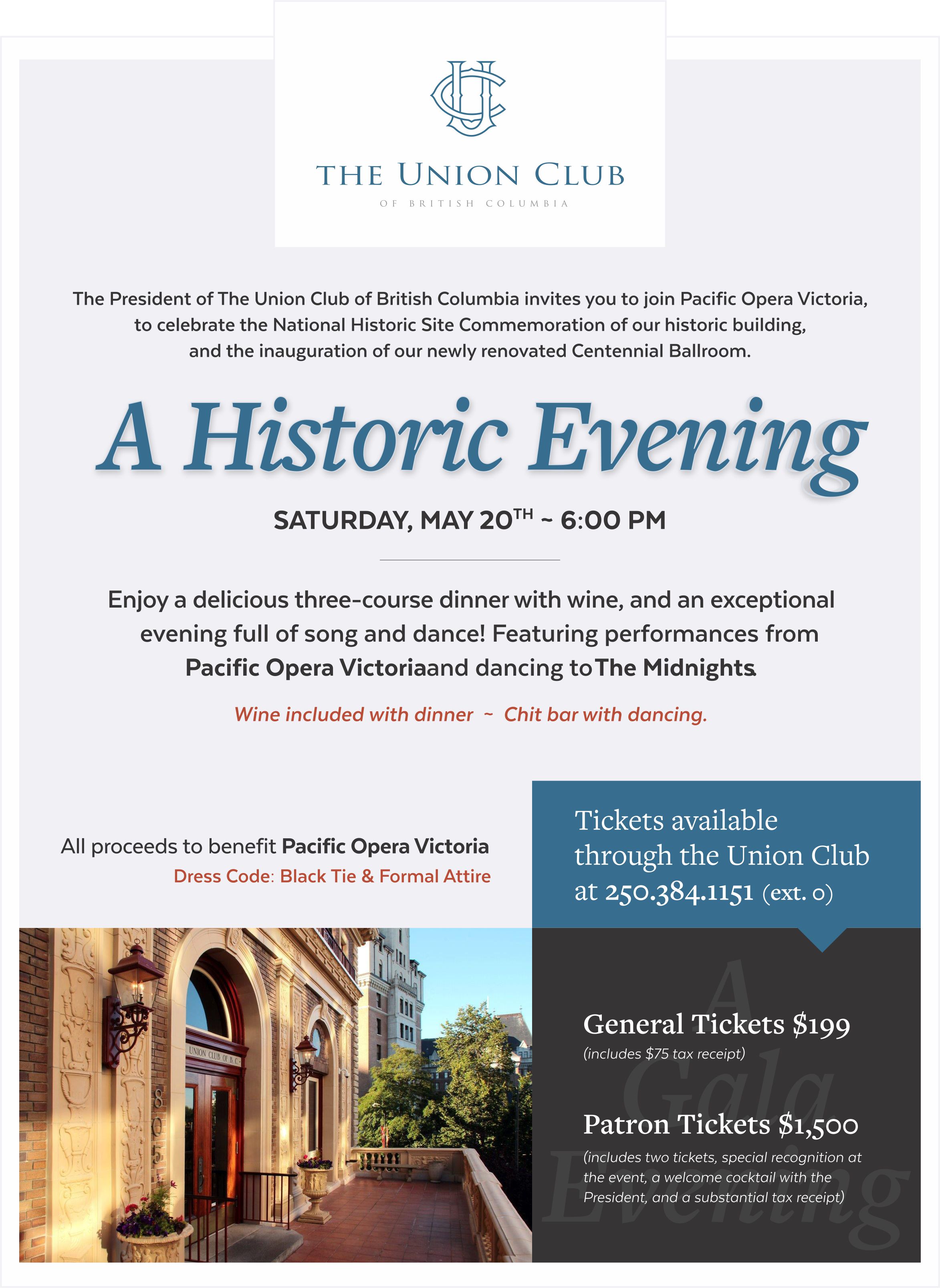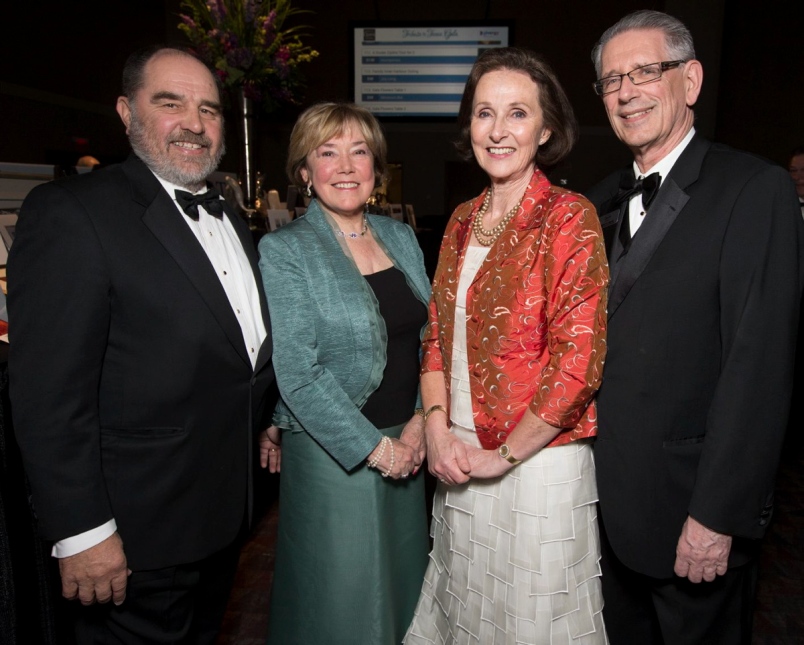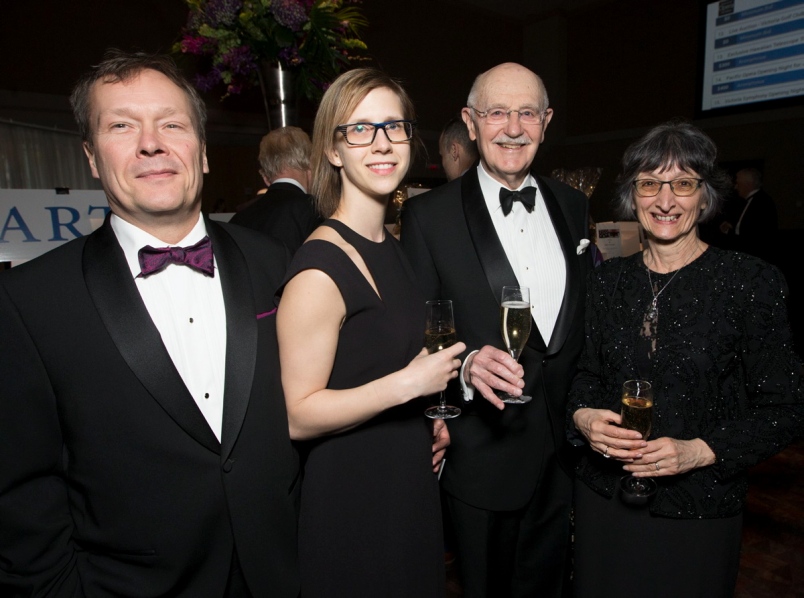
Victoria High School Cadet Battalion No. 112, 1914. Photograph By Victoria High School Archives
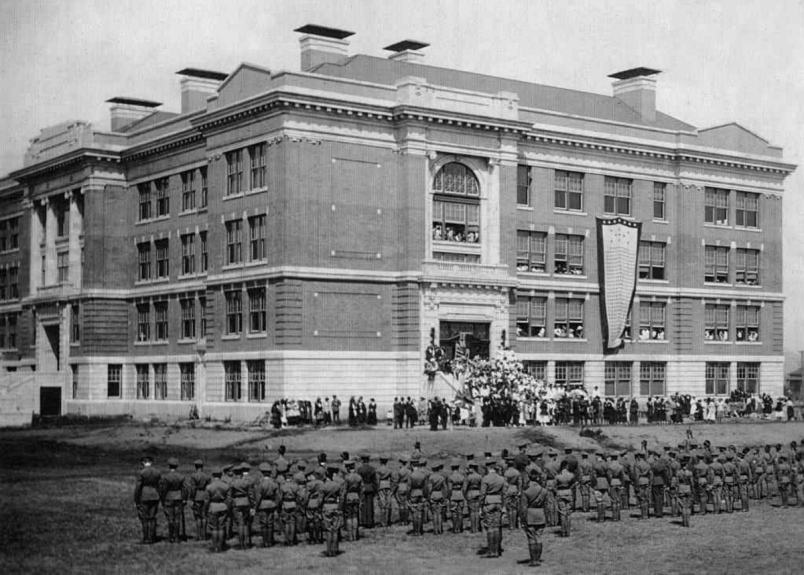
The nine-metre-high Banner of Honour and Sacrifice contains a hand-sewn maple leaf for each student and teacher who fought in the war. This is from a memorial service in 1920 Photograph By Victoria High School Archives
Victoria High School stands like an eternal memorial to its 497 alumni who enlisted for service in the First World War, including 97 who died, with nine of those deaths a result of the Battle of Vimy Ridge.
Vic High opened its doors to about 900 students in April 1914, and was immediately heralded as a source of pride, a fine place to educate the young people of an emerging, even special community.
“They don’t build schools like that anymore, not with all the beautiful terracotta, beaux-art designs and a gorgeous auditorium,” said Barry Gough, a Victoria historian, graduate of Vic High and author of From Classroom to Battlefield: Victoria High School and the First World War.
“It was an age of innocence, and the opening of the school was greeted with this Edwardian sense of civic achievement,” said Gough. “Then, all of a sudden, comes the war.”
He said Victoria and Vic High greeted the war immediately with enthusiasm. It was seen as a chance for adventure, but there was also a sense of civic duty to do one’s part.
Gough said he was surprised to find that the majority of the Vic High students who enlisted were not born in the United Kingdom. They were born in Victoria, in British Columbia or in other parts of Canada.
“So their loyalties were inculcated here, rather than transferred in directly from Britain,” said Gough.
And those loyalties at home or at war didn’t falter from the start of the war in August 1914 to the Armistice on Nov. 11, 1918. Instead, casualties just seemed to increase the determination in Victoria to help win the war.
The years 1914 through 1916 were slogged out with few decisive victories.
So by the time of the Battle of Vimy Ridge, April 9 to 12, 1917, Gough said, everybody welcomed the news of a victory. Also, newspapers all over the world, even in Germany, recognized it as a singular Canadian effort.
Vimy Ridge was also the beginning of a Canadian reputation for being able to get things done. The ridge was an important piece of high ground, but the French and the British had failed to capture and hold it.
So for the job, four Canadian divisions, along with one British, were melded into a single Canadian Corps. It was an organizational first after years of Canadian units being inserted to augment British Army efforts. They trained and practised extensively for the assault, another first.
By the time the battle was over, a total of 170,000 men, mostly Canadians, had accomplished what their European allies could not, and national transformation began. Casualties were high, with 3,598 killed and 7,004 wounded.
But that didn’t shake the feeling of accomplishment.
“The stories that appeared in the newspapers and in soldiers’ letters written home were telling the story that this was a Canadian thing,” said Gough.
The Daily Colonist had headlines such as “Canadians take ridge of Vimy” and “Dominion’s men in great drive.” Other stories mentioned the brilliant feat of the Canadian troops, and “the glorious achievement of our forces.”
Jim Kempling of the University of Victoria, a specialist in Victoria and the First World War, agrees Vimy Ridge marks the start of a national change of attitude in Canada. It was a new attitude with a new identity and it began with the soldiers.
He notes it can even be seen in the wartime diaries of his Canadian grandfather. At the start, his grandfather writes with pride of the “British Bulldog” found in all Canadians.
“But by 1917, he’s Johnny Canuck and his language changes,” said Kempling. “That transformation is very real.”
Nevertheless, he also said it’s important to realize much of the triumph of Vimy Ridge was a result of post-battle, even post-war circumstances and myth-making.
For a start, the real Battle of Vimy Ridge was only one comparatively small piece of a larger British offensive known as the Battle of Arras. Also, that British plan was meant as a diversionary tactic to lure German troops away from a sector further south where the French attacked.
But the Germans were not diverted and the French assault, now known as the Second Battle of Aisne, was a near disaster. French troops, exhausted by three years of terrible fighting, mutinied and refused to leave or even enter their trenches. The commander was forced to resign. The offensive halted.
Under new French command, order was restored and offensives continued, but with small, less costly attacks to give French morale a chance to recover.
Despite the overall lack of success, however, Canadians never lost their sense of achievement over Vimy. They also continued to fight as a unit, increasing their sense of solidarity.
Sir Julian Byng, the British general who commanded the Canadians during Vimy Ridge, was promoted and moved. But Byng’s protégé at Vimy, Canadian-born Gen. Arthur Currie, was given command of the Canadian Corps. The Canadians’ reputation for solid competence continued.
By the time the war was over, the soldiers had taken on a new identity more Canadian than British, no longer colonial but confident and independent. When they came home they also arrived with a new energy and confidence.
“A lot of Canadian went through this transition,” said Kempling. “They came home and the impact was that suddenly we had a whole bunch of people who knew how to do things.”
“Bureaucracy and government organization in Canada before World War One was really quite small,” he said. “But the people who came back knew how to organize things on a large scale.”
“The nature of government in Canada changed because we had this pretty impressive skill set that had been developed during the war,” said Kempling.

